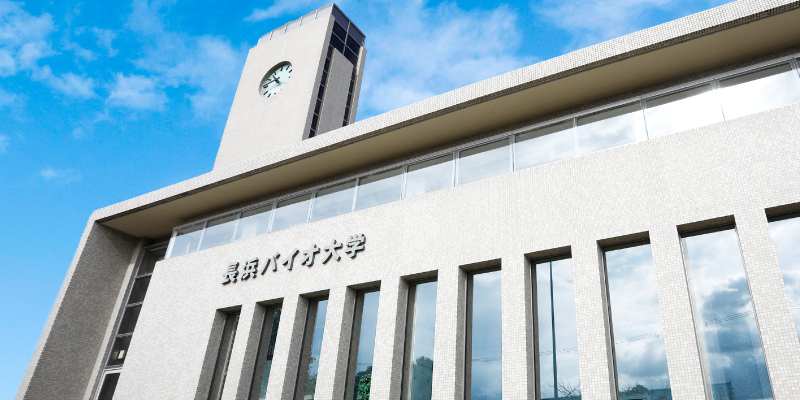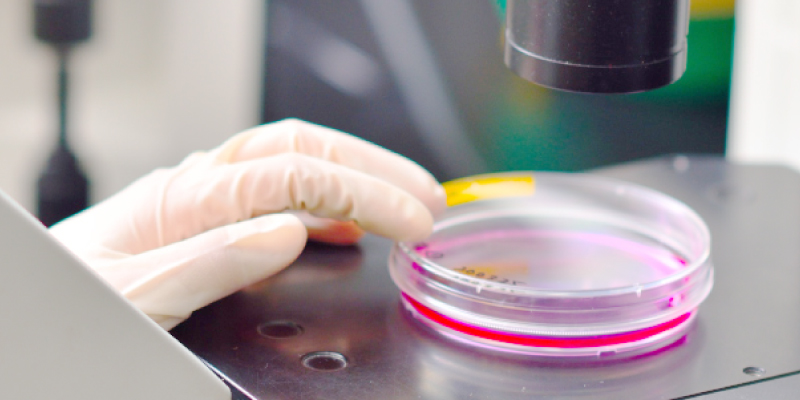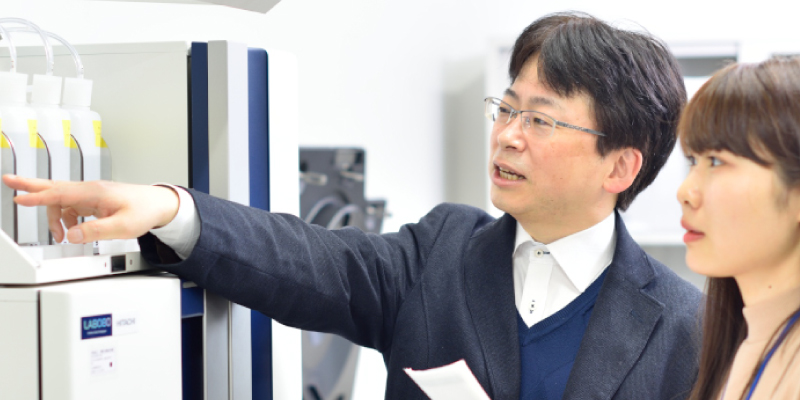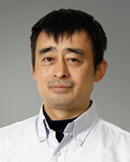
奈良 篤樹
(なら・あつき)
Atsuki Nara
略歴
- 奈良先端技術大学院大学バイオサイエンス研究科博士前期課程修了・総合研究大学院大学生命科学研究科博士後期課程修了
- 国立遺伝学研究所、科学技術振興事業団の研究員を経て本学へ
オルガネラ構造機能研究室
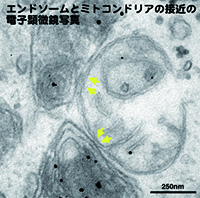
卒業研究テーマ例
- 薬剤耐性細胞を用いたドキソルビシン排出に伴うオートファジー関連因子Atg5の関与
- エンドソームタンパク質MLN64ノックダウン細胞を用いた低密度リポタンパク質LDLの細胞内輸送の解析
エンドソームから出発する物質輸送制御機構の解析
Multivesicular Endosome形成機構の解析
抗がん剤ドキソルビシン耐性機構の解析
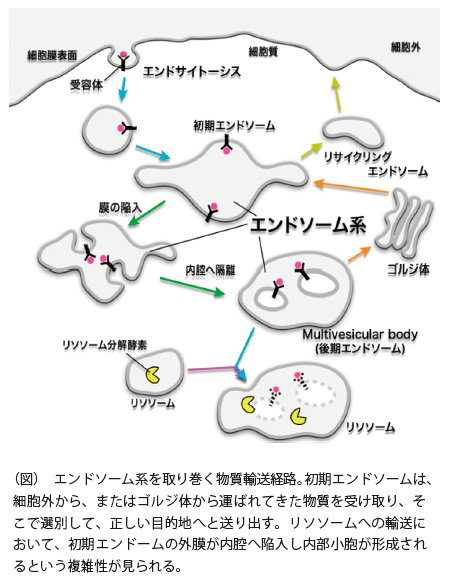
- 研究の応用領域
- 遺伝性疾患や代謝性疾患の病因解明
- 産官学連携で求めるパートナー
- 国、大学、研究所、バイオ系企業
Membrane trafficking toward the lysosomes
Biogenesis of endosomal multivesicular bodies
Targeting multidrug resistance
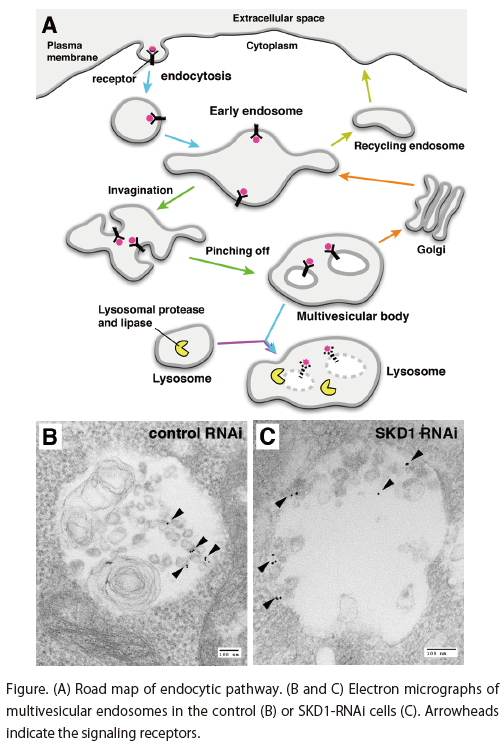
Eukaryotic cells are elaborately subdivided into functionally distinct, membrane-enclosed compartments. Such compartments, organelles, contain its own characteristic and specialized set of molecules, and complex distributions are maintained by membrane traffic from one compartment to another. In our research group we are interested in the regulation of the endocytic trafficking of the molecules, and biogenesis of endocytic compartments. Following endocytosis, signaling receptors are incorporated within intraluminal vesicles of forming multivesicular endosomes. We have been studying the function of the AAA-type ATPase SKD1 in the intraluminal vesicle formation. Our current activities include the mechanisms of rapid doxorubicin efflux from the nucleus to the lysosomes.
Ishikawa k, Nara A, Matsumoto K, and Hanafusa H. EGFR-dependent phosphorylation of leucine-rich repeat kinase LRRK1 is important for proper endosomal traf f icking of EGFR. Mol. Biol. Cell, 23, 1294-1306, (2012)
Hanafusa H, Ishikawa K, Kedashiro S, Saigo T, Iemura S, Natsume T, Komada M, Shibuya H, Nara A, Matsumoto K. Leucine-rich repeat kinase LRRK1 regulates endosomal traf f icking of the EGF receptor. Nat. Commun., 2. doi:10.1038/ncomms1161 (2011)
Jae-Hyuck Shim, Changchum Xiao, Matthew S. Hayden, Ki-Young Lee, E. Sergio Trombetta, Marc Pypaert, Atsuki Nara, et al. CHMP5 is essential for late endosome function and down-regulation of receptor signaling during mouse embryogenesis. J. Cell Biol., 172, 1045-1056 (2006).
Fujita H, Yamanaka M, Imamura K, Tanaka Y, Nara A, et, al. A dominant negative form of the AAA ATPase SKD1/VPS4 impairs membrane traf f icking out of endosomal/lysosomal compartments: class E vps phenotype in mammalian cells.. J. Cell Sci., 116, 401-414 (2003).
Nara A, Mizushima N, Yamamoto A, Kabeya Y, Ohsumi Y, Yoshimori T. SKD1 AAA ATPase-dependent endosomal transport is involved in autolysosome formation. Cell Struct. Funct., 27, 27-37 (2002).

